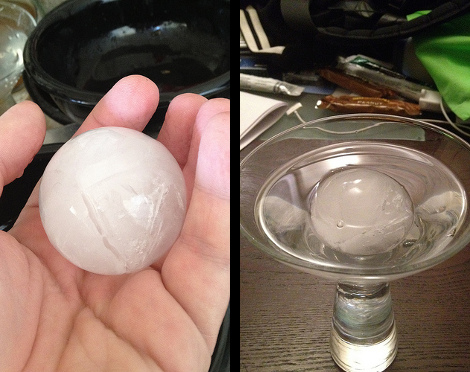
[HC] took a gander around the Googles and saw a number of people trying to read NAND flash chips with an Arduino. It’s an interesting problem; at 16 Megahertz, [HC] is looking at about 60 nanoseconds per instruction cycle, and flash chips normally operate around 20 ns. He got the build working, and was able to read the memory contents and ID of a flash chip.
Right now, it’s just a proof-of-concept to demonstrate that reading flash memory is possible. [HC] used an Arduino Mega to pull the manufacture ID off a flash chip. Because there isn’t exactly a whole lot of storage on an Arduino to hold Megabytes of data, so [HC] is looking for a way to pull data off his flash chip. He’s considering sending it over Ethernet or storing it on an SD card.
This isn’t the first time we’ve seen a roundabout way to use those cheap, ubiquitous NAND flash chips. Considering we’ve got a few dozen of them housed in unused thumb drives, [HC]’s work shows a lot of potential. He posted a topic on his forum to see if there’s any interest in further developments, something we’d like to see.












